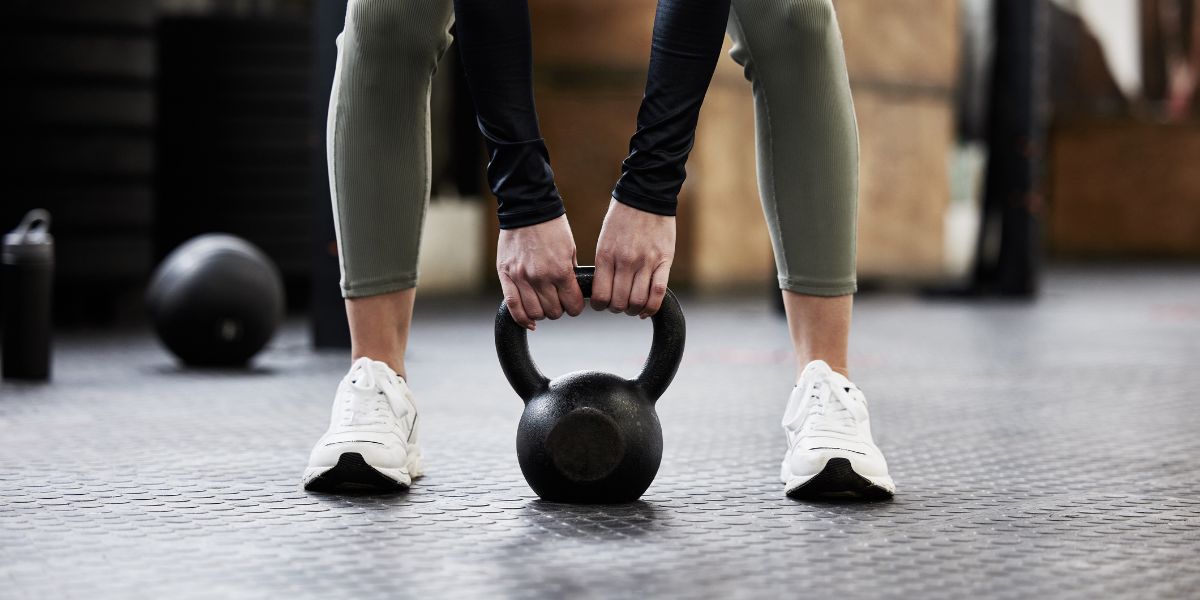Time at the gym could be halved following new research that shows that one type of exercise is most effective at improving muscle strength and size.
The study shows that lowering weights is the best way to build muscle, rather than lifting weights.
Study participants were divided into groups and given three different dumbbell curl exercises to perform. The results showed that even though they only carried out half the number of repetitions, those who only lowered weights saw the same improvements as the people who raised and lowered their weights.
- New research identifies how late night eating leads to weight gain and type 2 diabetes
- First digital support tool for NHS Tier 3 Weight Management Services launched
Researchers say the findings support previous studies which suggested that focussing on ‘eccentric’ muscle contractions – lengthening activated muscles – has a greater role than volume when it comes to increasing the size and strength of muscles.
The study was carried out by Edith Cowan University in Australia, with contributing researchers from Niigata University and Nishi Kyushu University in Japan and Brazil’s Londrina State University.
ECU’s Professor Ken Nosaka said: “We already know only one eccentric muscle contraction a day can increase muscle strength if it is performed five days a week – even if it’s only three seconds a day – but concentric (lifting a weight) or isometric muscle contraction (holding a weight) does not provide such an effect.
“This latest study shows we can be far more efficient in the time we spend exercising and still see significant results by focusing on eccentric muscle contractions.
“In the case of a dumbbell curl, many people may believe the lifting action provides the most benefit, or at least some benefit, but we found concentric muscle contractions contributed little to the training effects.”
He added: “Understanding the benefits of eccentric-focused training can allow people to spend their time exercising more efficiently. With the small amount of daily exercise needed to see results, people don’t necessarily even have to go to the gym – they can incorporate eccentric exercise into their everyday routine.”
- Eating a Big Breakfast Aids in Appetite Control and Weight Loss
- Clergyman who has lived with type 1 diabetes for 70 years awarded medal
For those who find it harder to get to a gym and want to reap the benefits at home, Professor Nosaka has put together the following simple exercise plan.
Repeat 10 times for each exercise:
Chair sit: From a half-squatting position, sit down slowly on a chair in three seconds, (narrower and wider stances will create different effects). If this is easy, try to sit down with one leg.
Chair recline: Sit on the front of a chair to make a space between your back and the backrest, recline back slowly in three seconds (arms can be crossed at the chest or hold at the back of a head).
Uneven squat: Stand behind a chair, lean to one side to put more weight on one leg, then squat down in three seconds.
Heel down: Still behind a chair, lean forward and raise your heels. Then, lift one leg off the ground and lower the heel of the other leg in three seconds.
Wall kiss: Lean against a wall with both arms fully extended. Bend the elbow joint slowly over three seconds until your face gets close to the wall.
Front lunge: Place one leg in front of the other and bend the knees deeper over three seconds.
Read the study in the European Journal of Applied Physiology.




